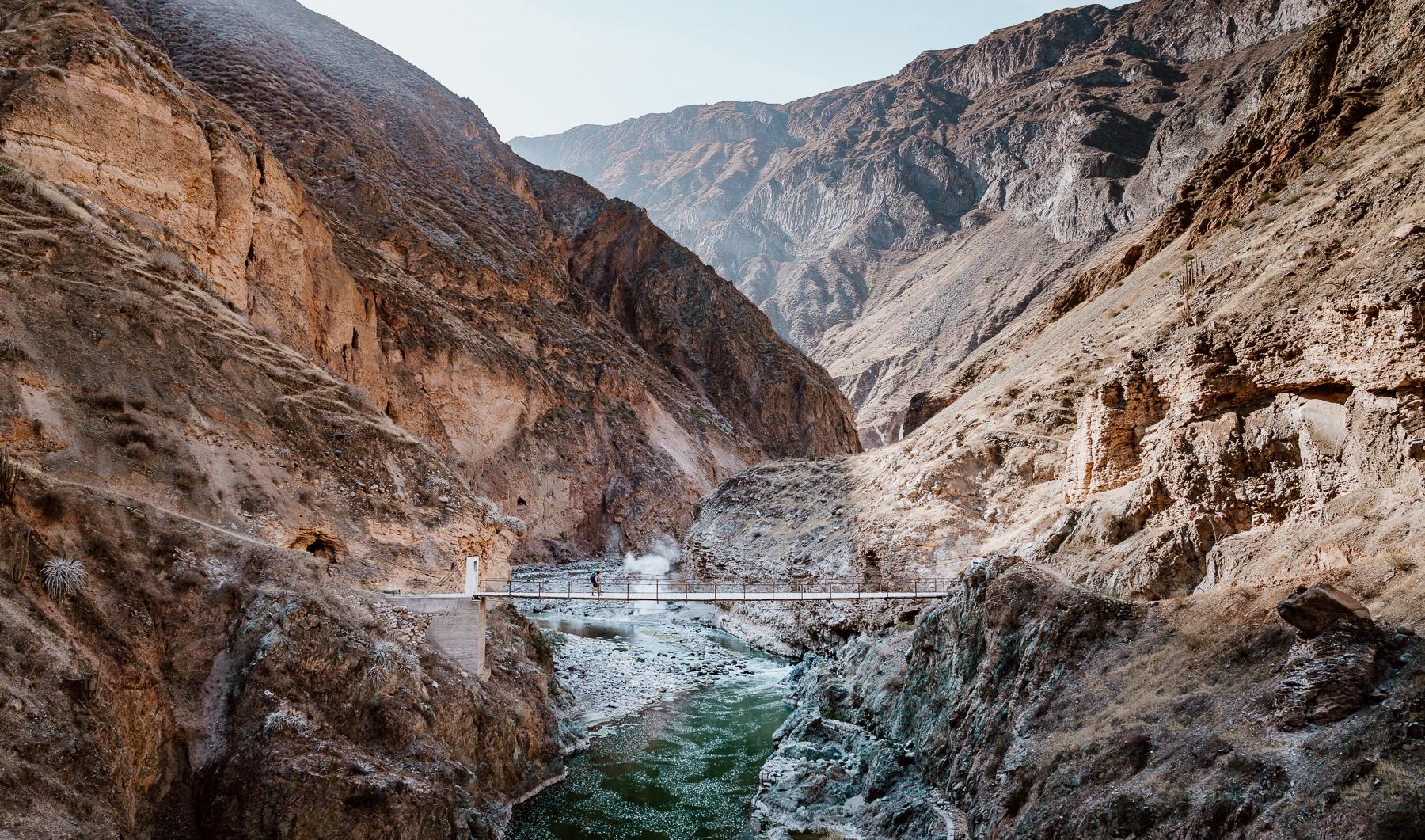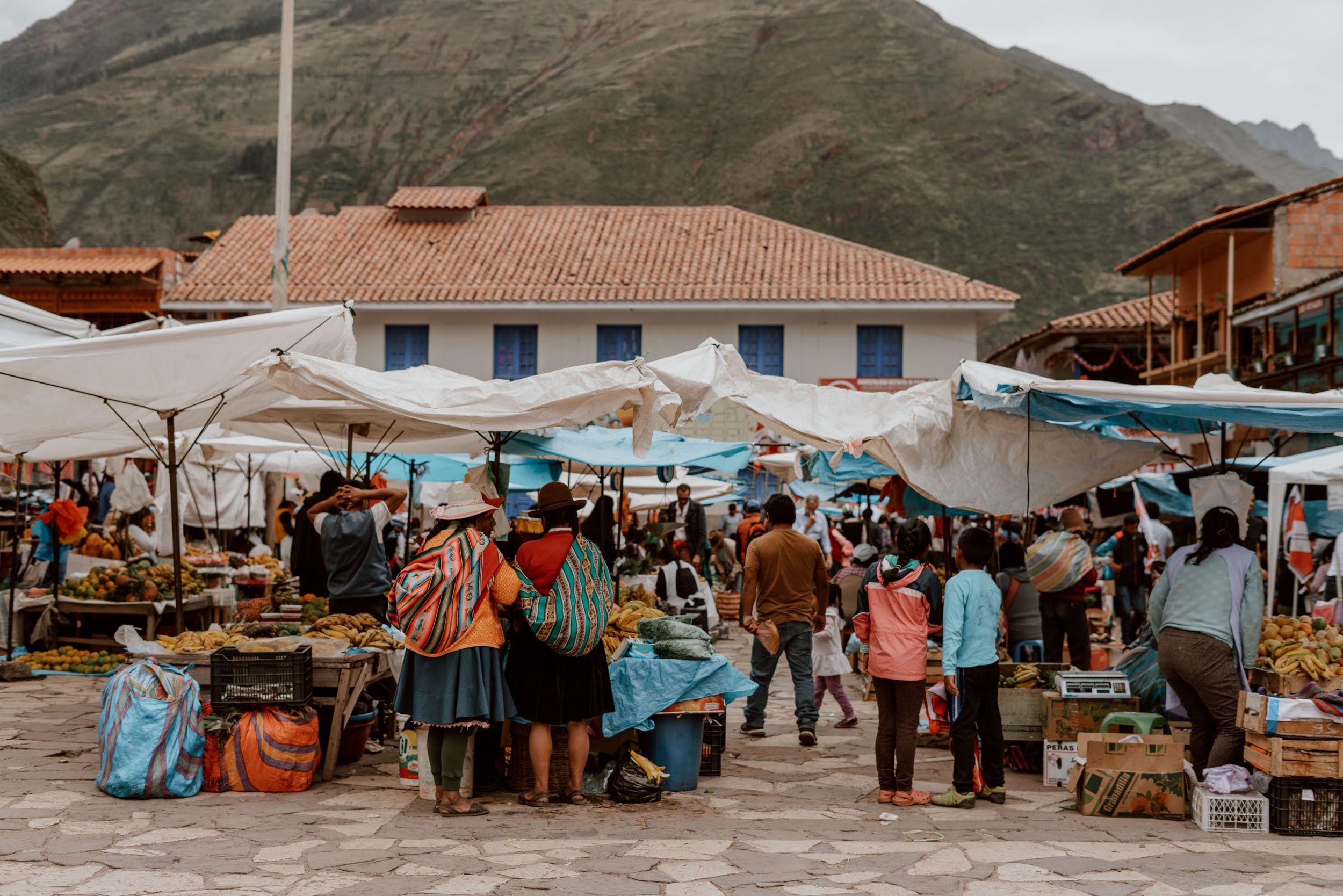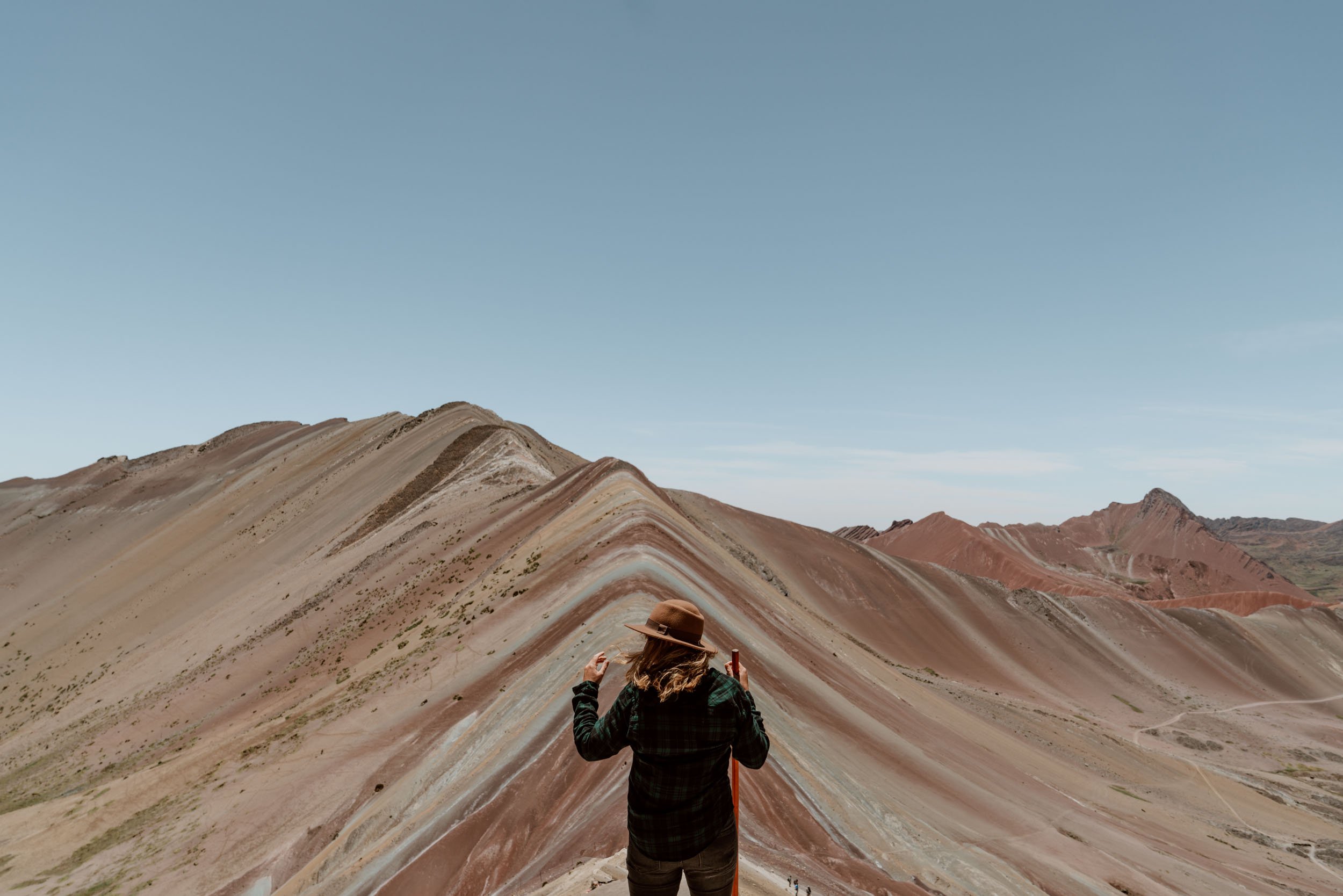If you're making your way from Bolivia to Puno, Peru, via Lake Titicaca, then this is the border crossing post for you! It's easy enough to do on your own, so you don't need to pay extra for a tourist bus.
Here's our overview of the route, the costs, the best public transport options and some insider knowledge about the crossing.
#1 enjoy lake titicaca, copacabana and isla del sol
Firstly, if you're travelling to Peru from elsewhere in Bolivia, then don't forget to spend a few days in the Lake Titicaca area. The lake is truly stunning and a day spent hiking around Isla del Sol will probably be one of the highlights from your time in Bolivia.
Check out our guide to making the most of Copacabana and Lake Titicaca here.
#2 find a colectivo to the border
In Copacabana, make your way to the central Plaza Sucre. Minivans to 'Kasani' can be found on two sides of the square and you'll hear their drivers shouting out for business.
They will leave when full and a one-way ticket is 3 Bolivianos. The journey only takes 15 minutes along a very scenic route. Pay your driver upon arrival at the border.
#3 get your Bolivian exit stamp
After disembarking, take some time to appreciate the view - this is probably the prettiest border crossing we had in Latin America. It was also a pleasantly safe environment missing the usual hustle and bustle, dodgy characters and chaos at most other land crossings. Instead, it's mostly cholitas crossing for a bargain between the two countries and a few dogs of unknown nationality sleeping outside shops selling Inka Kola and giant bags of popcorn. Of course, this impression is based on our single experience and we'd always advise travellers to be cautious and vigilant when crossing any border in South America.
The Bolivian migration office is on the right hand side and comprises a small room with a few counters. Get your exit stamp here (there should not be any charge to exit and politely insist this point if they ask you for one) then cross through the bridge / archway which marks the frontier between the two countries.
#4 enter peru
Once you're through the bridge, there's a huge 'Peru' sign in the font and style which is ubiquitous across the country's tourist attractions (trust us, you'll be seeing plenty of it over the next few weeks). It's an excellent opportunity for a photo!
About thirty metres further down the road, on the right hand side, you'll find the immigration office for Peru. Be warned that on our visit, the office was left completely unmanned during their lunch break, so you may have no option but to wait for them to arrive. Also, Peru time is one hour behind Bolivia (so set your clock back accordingly, for example, from 1 p.m. to 12 p.m.)
Fill in your forms and present these. At the time of writing, no proof of departure is required to enter Peru. The standard entry for European tourists is 90 days (but remember to confirm this with the official), no paperwork is required, and there is no entry fee - for citizens of other nations, please do additional research about whether you require a visa or there is a fee for you to enter Peru.
Also, do not lose the part of the entry form they hand back to you - you need to present this at the border control you use when leaving the country.
#5 onward travel to puno
After taking care of the formalities, keep on walking until you find a van to take you the 2 kms to Yungani (price is S/1 or you can pay in Bolivianos). From Yungani, you will find buses leaving frequently to Puno for S/5 per person, and these take 2-3 hours.
You will be able to change money with people at the border and in Yungani - as ever, check the exchange rate prior to travel, double-check the calculation they've made (calculators do get fixed by some of these guys) and only change small amounts to get you to the nearest city.
If you are reading this post in Peru, and planning to do this border crossing in reverse, then be aware that the collectivos from Puno towards the border leave from Terminal Zonal on the corner of Bolivia and 1 de Mayo, a few blocks from Terminal Terrestre.
Also, be aware the the standard tourist entry for Bolivia is only 30 days (you can extend this by another 30 days in La Paz, Sucre and other major cities when it's close to expiry). For citizens of the US, Israel and other countries, there is an entry charge and paperwork requirements - we recommend you do additional research to confirm requirements prior to attempting the border crossing.


















